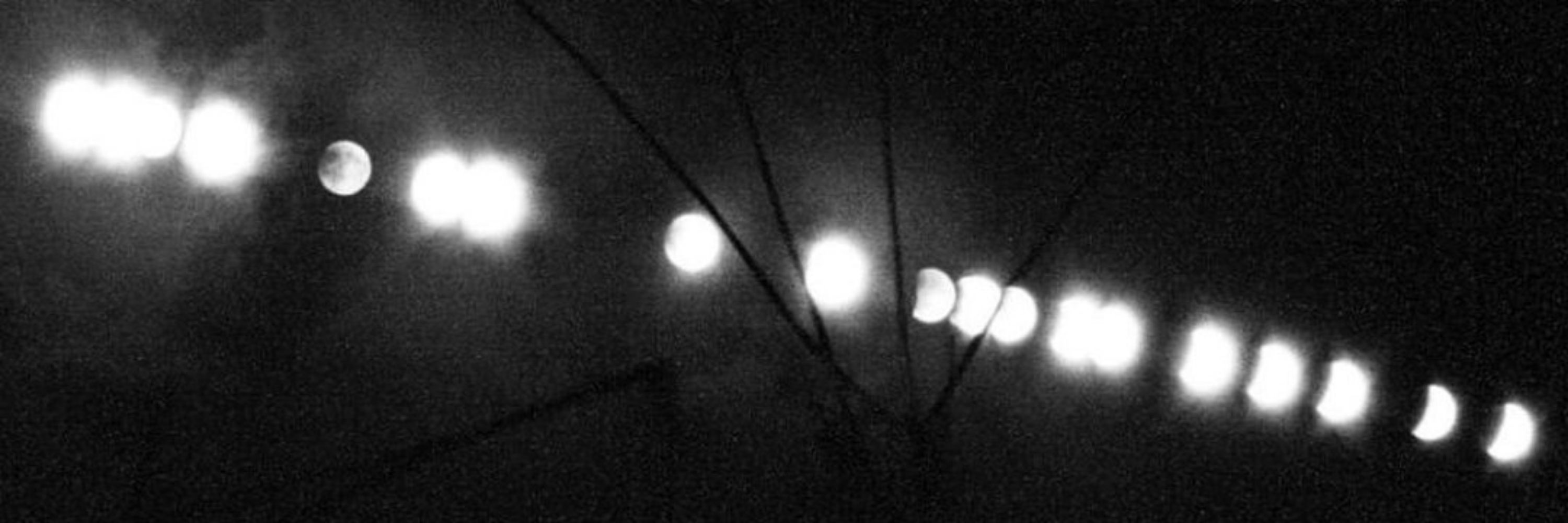
I do bioinformatics/genomics with a university lab.
I work unofficially to make new interesting varieties of food plants. I've made distinctly blue colored dry beans.
I make/sell art, too.

I still have a small number of pods that are resting a bit more before shelling. Once these have all dried a bit more, I'll sort them out by color.

I still have a small number of pods that are resting a bit more before shelling. Once these have all dried a bit more, I'll sort them out by color.

But, until then, they can be a real joy. Here's some blue common beans from my first bean project mixed with two lima bean varieties I'm trying to cross to help me get to a blue lima.

But, until then, they can be a real joy. Here's some blue common beans from my first bean project mixed with two lima bean varieties I'm trying to cross to help me get to a blue lima.


I don't expect any blooms for another couple of years.

I don't expect any blooms for another couple of years.

One plant per bag, with any ranging from 10 to 19 g in the left column, then each column to the right increments by 10 g.

One plant per bag, with any ranging from 10 to 19 g in the left column, then each column to the right increments by 10 g.
This one has a different shape than the others, which bothers me none at all.

This one has a different shape than the others, which bothers me none at all.
The narrow, elongated form is relatively dominant. Since the pod shape doesn't bither me for this project, I'll just let them be what they'll be. I do prefer those with the purple/black pigment, which is fortunately also dominant.


The narrow, elongated form is relatively dominant. Since the pod shape doesn't bither me for this project, I'll just let them be what they'll be. I do prefer those with the purple/black pigment, which is fortunately also dominant.
Sweet peppers are among their ancestry, so I'm tasting each sample to ensure they're hot before processing them for seeds.


Sweet peppers are among their ancestry, so I'm tasting each sample to ensure they're hot before processing them for seeds.

It'll take a few years for this vine to grow up and mature. Only after it flowers will I be able to identify if this one is male or female.
Domesticated grapes have complete flowers, so they're both male and female at once.

It'll take a few years for this vine to grow up and mature. Only after it flowers will I be able to identify if this one is male or female.
Domesticated grapes have complete flowers, so they're both male and female at once.

I've been trying to recreate the color independently in P. coccineus, but I may decide to introgress it from P. vulgaris in the end.

I've been trying to recreate the color independently in P. coccineus, but I may decide to introgress it from P. vulgaris in the end.
These will get somewhat smaller and darker as they dry. The blue color will darken to black. The pink will darken to purple.


These will get somewhat smaller and darker as they dry. The blue color will darken to black. The pink will darken to purple.


This one tasted like a bell pepper at the tip. This doesn't say anything about what the pith will taste like.

This one tasted like a bell pepper at the tip. This doesn't say anything about what the pith will taste like.


The left column ranges from 10 to 19 grams. The right most bag is 293 g. Most plants fell in the range of 40 to 79 g.

The left column ranges from 10 to 19 grams. The right most bag is 293 g. Most plants fell in the range of 40 to 79 g.
Seeds from the hybrid will introduce more variation into this project next year, but with increased production in the mix, I'm good with that.

Seeds from the hybrid will introduce more variation into this project next year, but with increased production in the mix, I'm good with that.



